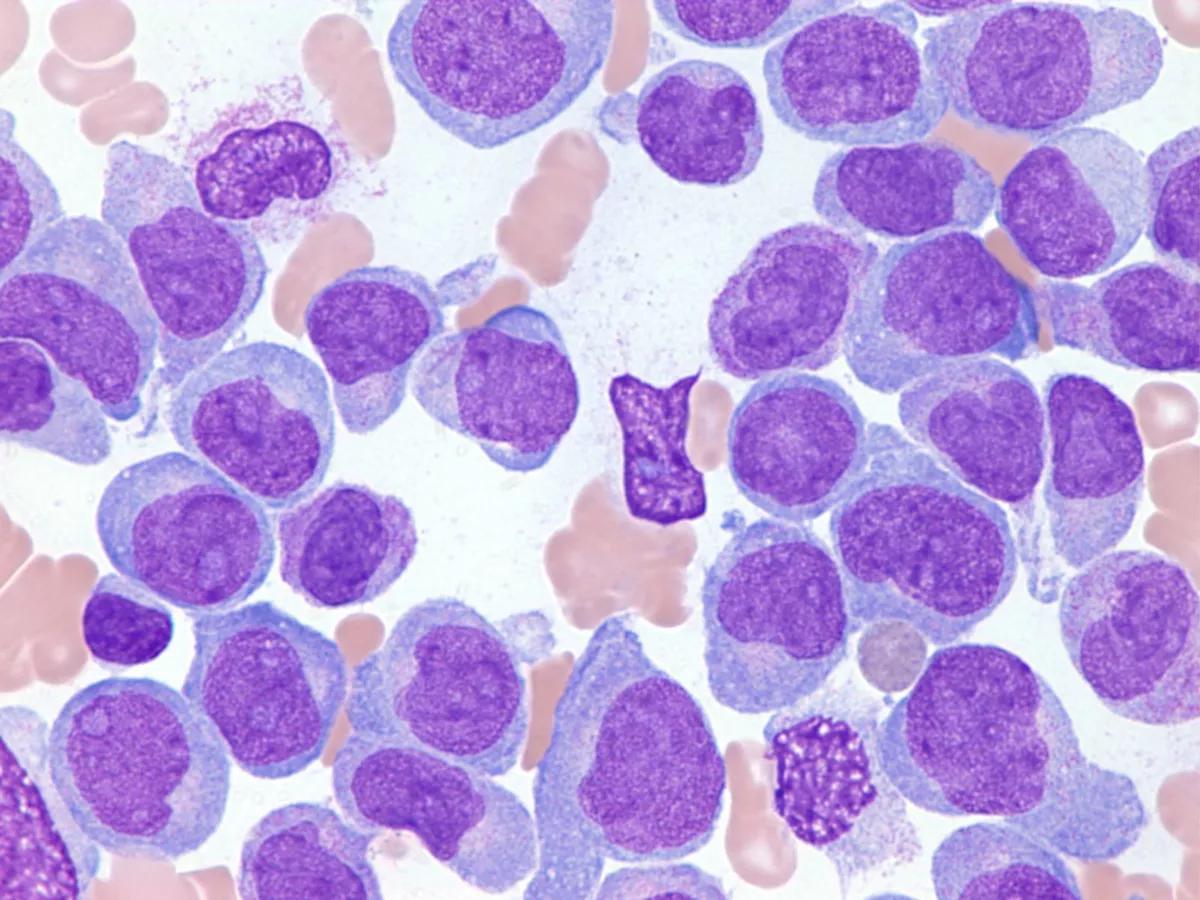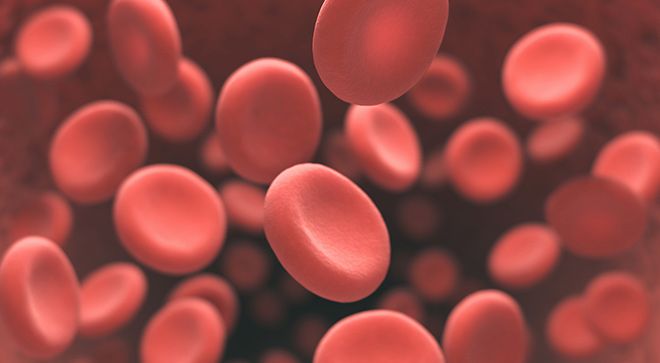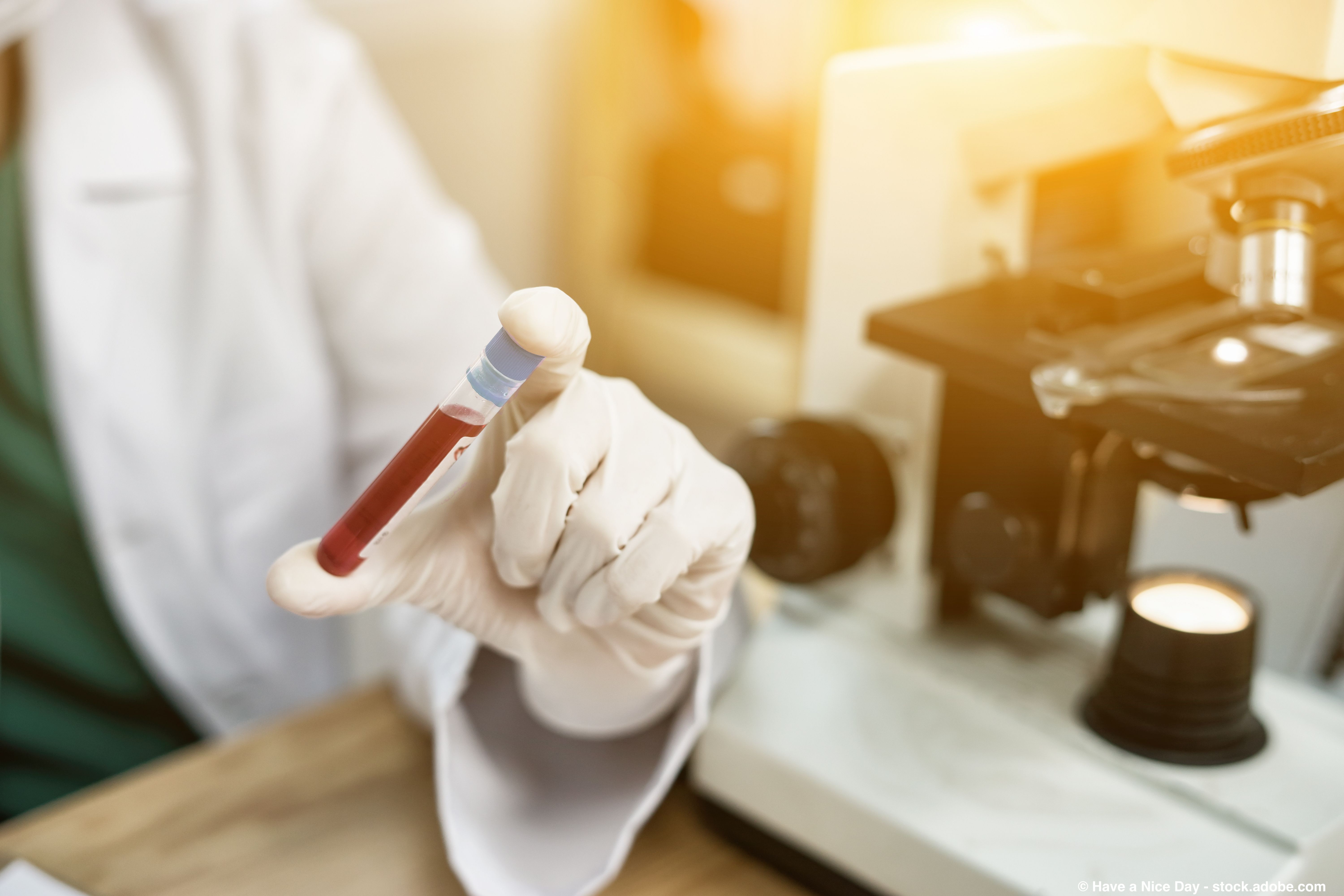Nexavar (sorafenib) maintenance therapy, when given after hematopoietic stem cell transplant, improved survival in patients with acute myeloid leukemia (AML) with a FLT3 internal tandem duplication (FLT3-ITD) compared to those who received no maintenance therapy, according to five-year follow-up data from a clinical trial published in the Lancet Haematology.
The phase 3 trial, which was conducted in China, included 202 patients with FLT3-ITD AML who were undergoing a stem cell transplant. Half were assigned to receive maintenance therapy with Nexavar, which was administered twice per day (100 patients), while the other half of the study participants did not receive any therapy after the transplant (102 patients).
Learn More:
- Hematopoietic stem cell transplant is a blood cancer treatment where healthy hematopoietic cells (those that can develop into other types of blood cells) are infused into a patient with a disease such as AML, which causes dysfunctional or depleted bone marrow.
- The goal of maintenance therapy is to prevent cancer from coming back after the initial treatment.
- According to the National Institutes of Health, the FLT3-ITD mutation is one of the most common gene mutations found in patients with AML.
- Nexavar is currently approved to treat certain patients with thyroid, liver or kidney cancer.
All patients enrolled in the trial were between the ages of 18 and 60; they had an ECOG performance status of 0-2, indicating that they may be limited in work or strenuous activity, but were able to perform all necessary self-care tasks independently; had a compositive complete remission before and after undergoing stem cell transplantations; and had hematopoietic recovery, meaning that the patients’ bone marrow is once again able to produce blood cells within 60 days.
At an average follow-up of 60.4 months, overall survival (percentage of patients who are still alive) was 72% for those who received Nexavar, compared with 55.9% for those who did not undergo maintenance therapy. Leukemia-free survival was 70% and 49%, respectively, in each of the groups. There was no statistically significant difference in non-relapse mortality among the two groups.
When it came to patients who were alive and did not experience graft-versus host disease (GVHD; a potentially severe side effect where the body rejects the transplant), rates were 58% in the Nexavar group and 39.2% in the non-maintenance group. There was, however, no statistically significant difference in the incidence of chronic GVHD among the two groups.
There were no treatment-related deaths.
“With extended follow-up, (Nexavar) maintenance after transplantation is associated with improved long-term survival and reduced relapse rates compared with non-maintenance, further supporting this strategy as a standard of care for patients with FLT3-ITD acute myeloid leukemia undergoing allogeneic (hematopoietic stem cell transplant),” the researchers wrote.
Earlier findings from the study, which were published in September 2020 after an average of 21.3 months follow-up, also revealed that Nexavar improved outcomes for this patient population. The one-year cumulative incidence of relapse was 7% in the Nexavar group and 24.5% in the control group. Within the first 210 days after transplant, the most common moderate to severe (grade 3 to 4) side effects were infection (25% of patients in the Nexavar group and 24% in the control group), acute GVHD (23% and 21%), chronic GVHD (18% and 17%) and blood-related toxicity (15% and 7%).
For more news on cancer updates, research and education, don’t forget to subscribe to CURE®’s newsletters here.






